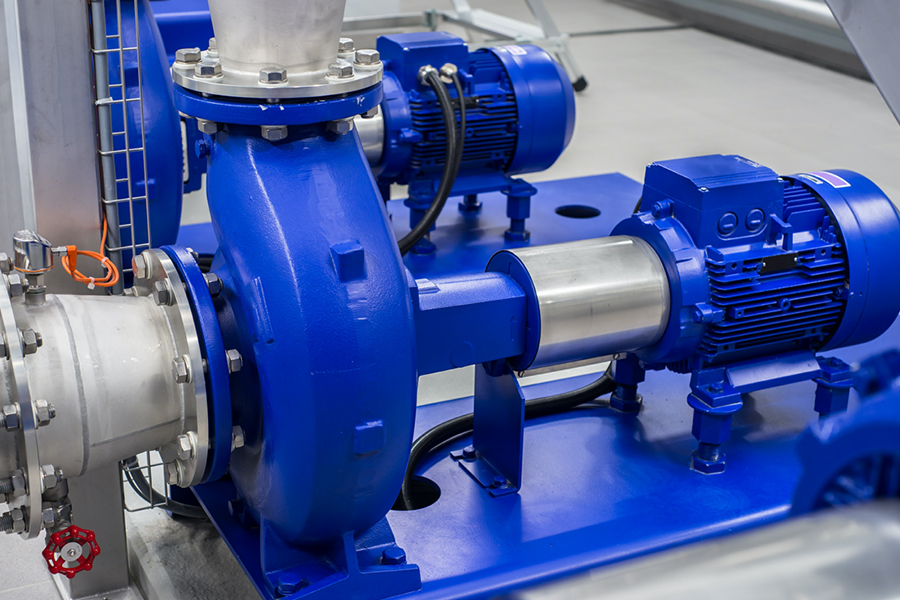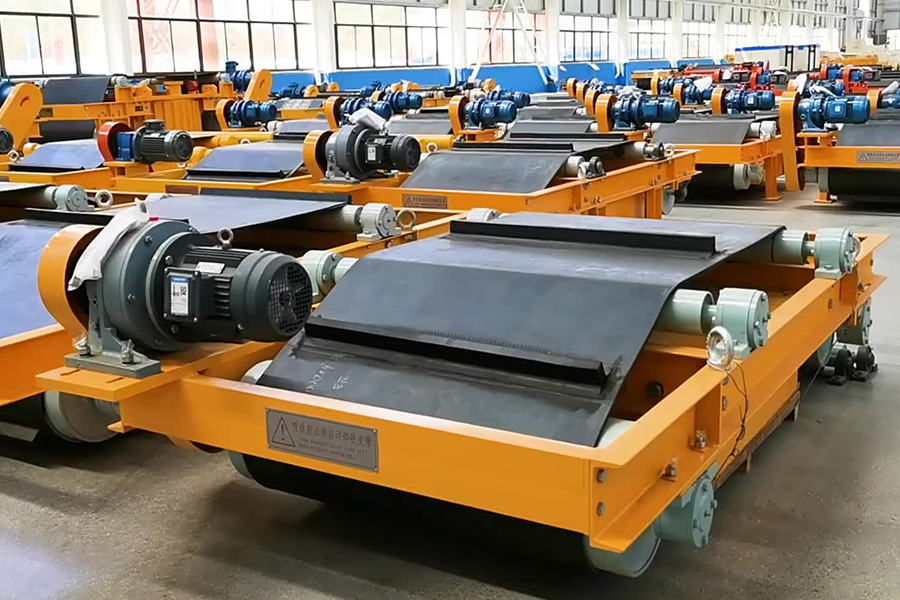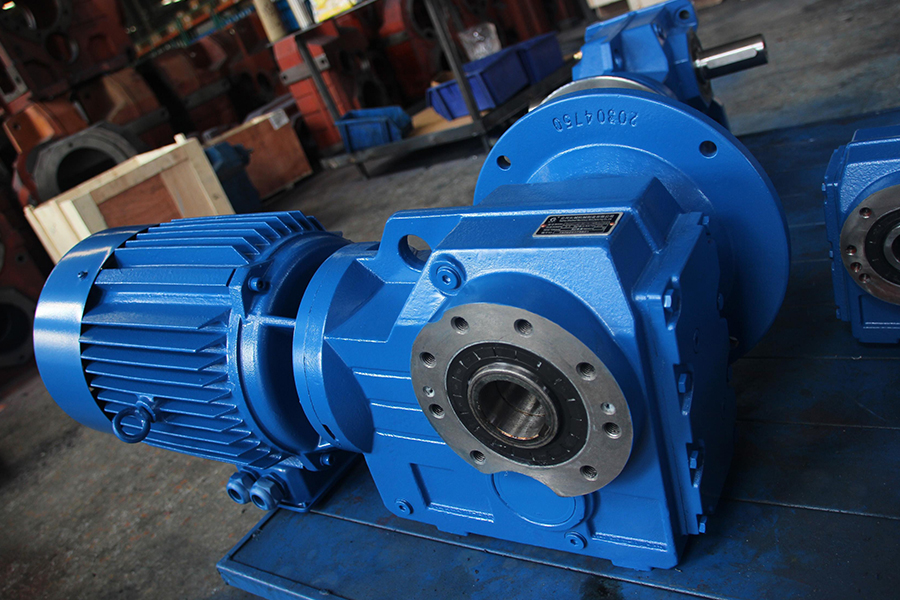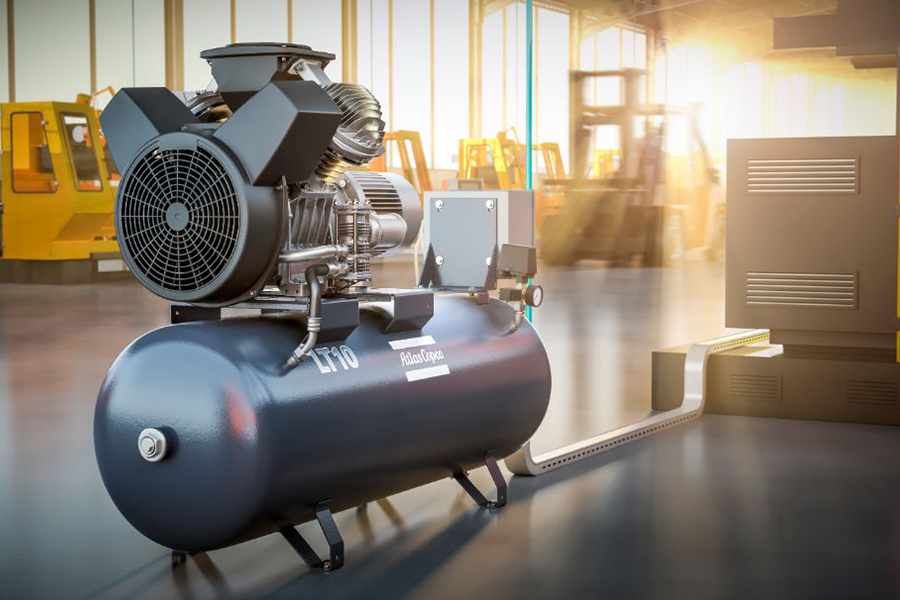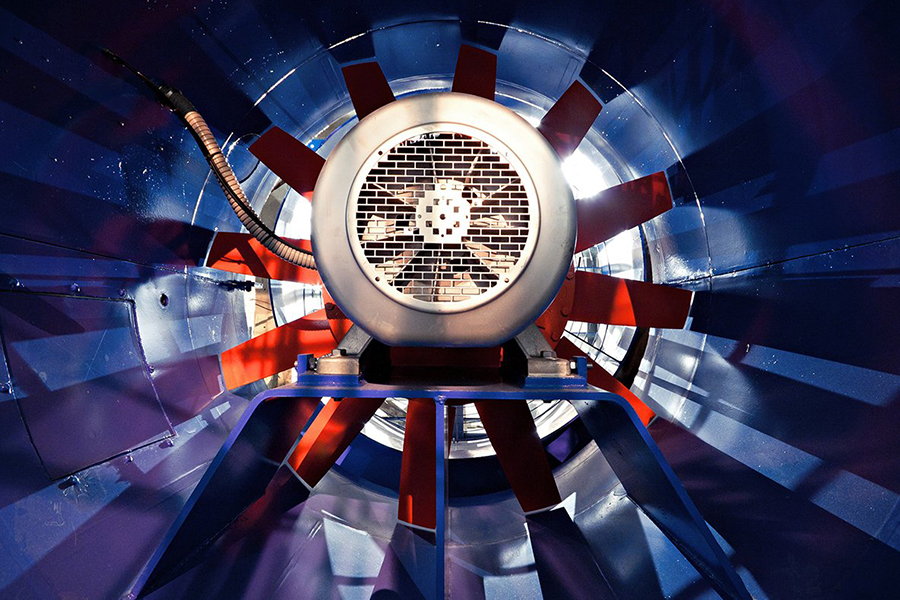In the realm of industrial machinery, the significance of single phase industrial motor cannot be overstated. These two components form the backbone of numerous manufacturing processes, facilitating efficiency, flexibility, and productivity across various sectors.
Single-phase industrial motors are a cornerstone of modern industrial operations. Unlike their three-phase counterparts, single-phase motors operate on a single alternating current (AC) power phase, making them suitable for applications where three-phase power may not be readily available or practical. Despite their simplicity, these motors offer robust performance and find application in a diverse array of machinery, from pumps and compressors to fans and conveyors.
Conveyor systems play a pivotal role in material handling and logistics, ensuring the smooth and efficient movement of goods within manufacturing facilities, warehouses, and distribution centers. At the heart of many conveyor systems lies the variable speed conveyor motor, which provides precise control over conveyor belt speed, allowing for optimized throughput, reduced energy consumption, and enhanced operational flexibility.
One of the key advantages of single-phase industrial motors is their widespread availability and compatibility with standard electrical systems. This accessibility makes them a preferred choice for small to medium-sized enterprises (SMEs) and facilities with limited infrastructure. Additionally, advancements in motor design and technology have led to improvements in efficiency and performance, further expanding the applicability of single-phase motors across various industries.
Variable speed conveyor motors offer a dynamic solution to the evolving demands of modern manufacturing environments. By enabling operators to adjust conveyor speed according to specific requirements, these motors enhance process control, adaptability, and overall system efficiency. Whether it's accommodating varying production rates or optimizing material flow, the ability to modulate conveyor speed in real-time enhances productivity while small downtime and waste.
In recent years, the integration of advanced control systems and sensors has revolutionized the capabilities of variable speed conveyor motors. By leveraging data-driven insights and predictive analytics, manufacturers can implement proactive maintenance strategies, preempting potential issues and maximizing equipment uptime. Furthermore, intelligent motor controllers enable seamless integration with broader industrial automation systems, fostering connectivity and interoperability across the manufacturing ecosystem.
The evolution of single-phase industrial motors and variable speed conveyor motors reflects ongoing efforts to enhance operational efficiency, sustainability, and competitiveness within the industrial sector. From compact and energy-efficient designs to smart functionalities and connectivity features, these motors embody innovation-driven progress in the field of electromechanical engineering.
Looking ahead, ongoing research and development initiatives are poised to further refine the performance and capabilities of single-phase motors and variable speed conveyor motors. Emerging technologies such as advanced materials, digital twin simulations, and machine learning algorithms hold the promise of unlocking new levels of efficiency, reliability, and intelligence in motor-driven systems.
In conclusion, the synergy between single-phase industrial motors and variable speed conveyor motors exemplifies the convergence of electrical engineering, mechanical design, and automation technology in modern industrial applications. By harnessing the power of these indispensable components, manufacturers can propel their operations toward greater productivity, agility, and sustainability in an ever-evolving global marketplace.
As industries continue to embrace automation and digitization, the role of single-phase motors and variable speed conveyor motors will only become more prominent. With the ongoing emphasis on energy efficiency and sustainability, manufacturers are exploring innovative solutions to optimize motor performance while small environmental impact.
Advancements in motor design, such as the adoption of permanent magnet technology and improved thermal management, promise to enhance efficiency and reliability across a wide range of industrial applications. Additionally, the integration of Internet of Things (IoT) capabilities allows for remote monitoring and predictive maintenance, enabling proactive fault detection and troubleshooting.

 English
English 中文简体
中文简体 عربى
عربى



